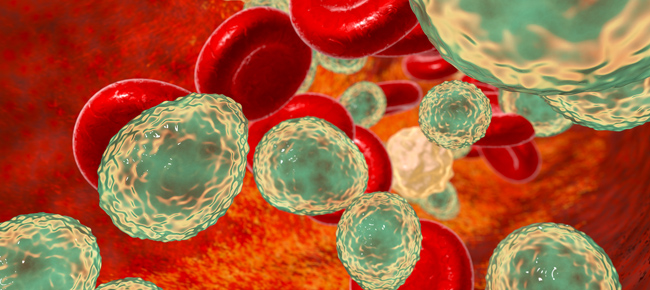About Vaginal Yeast Infections

June 14, 2021
Vaginal yeast infections are caused by a fungus, usually Candida albicans, a common organism that may or may not cause discomfort. Approximately 75 percent of all people with vaginas will have a symptomatic yeast infection at some point in their lives. It is normal to have yeast and other bacteria in the vagina. However, some people may experience uncomfortable symptoms and about five percent will have chronic infections.
What Causes a Yeast Infection?
Some possible causes include:
- Taking antibiotics
- Increased warmth and moisture in the genital area
- Douching and use of menstrual hygiene products, which may make it easier for yeast to cause an infection
- Certain sexual practices: possibly oral sex, use of spermicides, or use of oral contraceptives
The cause of infection is unknown in at least half of cases. It may be that a genetic susceptibility causes a response to yeast that lays the groundwork for the next infection. This may be the main cause in people with recurrent infections.
What Are the Symptoms of a Yeast Infection?
The most common symptoms of a vaginal yeast infection include:
- Itching in the vaginal area
- Vulvar/vaginal redness, swelling, irritation
- Thick white discharge
- Burning after urination
- Painful intercourse or burning after intercourse
A thick white discharge, unaccompanied by other symptoms, is rarely a sign of infections.
How Is a Yeast Infection Diagnosed?
During an examination of the vaginal area, the clinician will look for signs of infection. Using a swab, he or she may collect a sample of cells from the vagina. The cells will be examined through a microscope to look for yeast and rule out other possible causes of infection. In some cases, cultures will be sent to a laboratory, which is very effective in diagnosing the infection and identifying the specific type of yeast so the best treatment can be determined.
Many patients may self-diagnose itching and irritation as a yeast infection. This is not recommended because other conditions have the same or similar symptoms, including trichomoniasis ("trich"), bacterial vaginosis, genital herpes, and many benign vulvar skin conditions.
How Is a Yeast Infection Treated?
Treatments for yeast infections include:
- Oral medication: fluconazole by prescription
- Vaginal medication: various creams or suppositories, by prescription or over the counter
Symptoms that do not go away after treatment with over-the-counter medications need to be evaluated further.
Comfort measures during treatment include:
- Sitz baths—warm or lukewarm water with 4-5 tablespoons of baking soda can soothe vulvar itching and burning
- Cool gel pack or compresses to the vulvar area, helpful at night to sleep
- A+D® ointment, petroleum jelly, or Crisco®—apply a small amount to protect the irritated vulvar skin
What about sex during treatment?
Sex during treatment is OK as long as it is comfortable. Sometimes sex will cause irritation or burning, so it may be necessary to delay sexual activity until after treatment. It is important to remember that medications used in the vagina may weaken latex condoms, causing breakage.
Recurring or Complicated Yeast Infections
Some people have symptoms that persist or recur after treatment. It is important to verify that an infection is truly present, and to find out what type of yeast is causing it. Some recurrent infections may be caused by a different type of Candida (for example, Candida glabrata) that does not respond to common yeast medications, or the infection may be complicated and require treatment for a longer period of time. People who have frequent yeast infections may also require longer treatment to suppress the growth of yeast and prevent symptoms.
Common Misconceptions About Yeast Infections
Do sexual partners need treatment?
It is not necessary to treat sexual partners because there is no evidence that treating a partner is helpful. Oral sex may, however, be a contributing factor.
Will eating yogurt or applying it to the vagina will prevent or treat yeast infections?
Yogurt containing live yeast cultures will not treat or prevent yeast infections, whether eaten or applied to the vagina.
Is all vaginal itching a yeast infection?
Other infections and conditions may cause itching. Any persistent itching that does not respond to treatment needs to be evaluated.
The information on these pages is provided for general information only and should not be used for diagnosis or treatment, or as a substitute for consultation with a physician or health care professional. If you have specific questions or concerns about your health, you should consult your health care professional.
The images being used are for illustrative purposes only; any person depicted is a model.
Back to Top